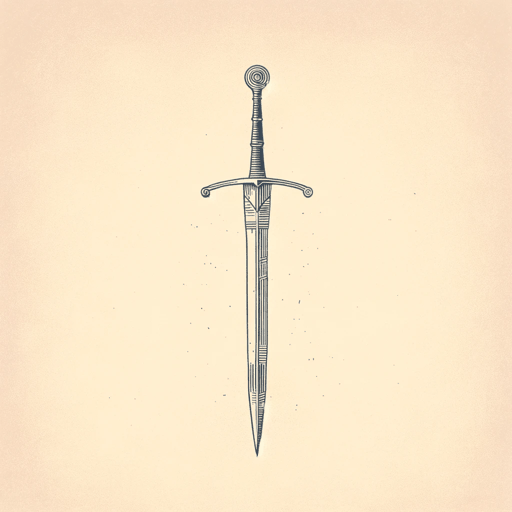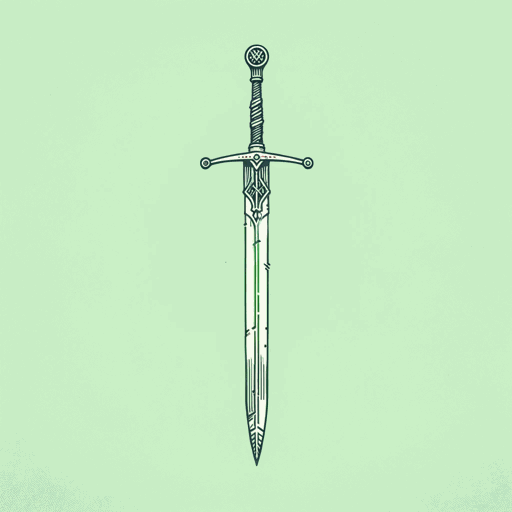40 pages • 1 hour read
Andrzej SapkowskiThe Last Wish
Fiction | Short Story Collection | Adult | Published in 1993A modern alternative to SparkNotes and CliffsNotes, SuperSummary offers high-quality Study Guides with detailed chapter summaries and analysis of major themes, characters, and more.
Themes
The Nature of Monstrosity
A primary concern of the collection is the nature of monstrosity—how we distinguish the monstrous from the human, and in what ways the two overlap. This theme manifests both overtly and more subtly. “The Witcher” and “A Grain of Truth” overtly deal with beings that exist somewhere in between human and monster dichotomy, with the striga on the side of the monstrous and Nivellen on the side of humanity. Because both became monstrous through curable curses, their existence complicates Geralt’s profession as a monster-hunting witcher. His solution to their problems makes redemption as significant a theme as destroying evil.
Geralt often finds that humans are more monstrous than the supernatural beings he fights. In “The Lesser Evil,” slaying the monstrous kikomora is so easy it happens off the page. Instead, Geralt must wrestle with human monstrosity—Stregobor’s past actions and Renfri’s present ones. Neutralizing them without violating his code proves impossible. Likewise, in “A Question of Price,” there is no true monster: Urcheon is cursed, but only the whims of humans escalate the situation. In “The Voice of Reason,” we learn that the first monsters Geralt faced were ordinary highway robbers.
All of this defines Geralt’s inner conflict—his pseudo-monstrosity.
Related Titles
By Andrzej Sapkowski



